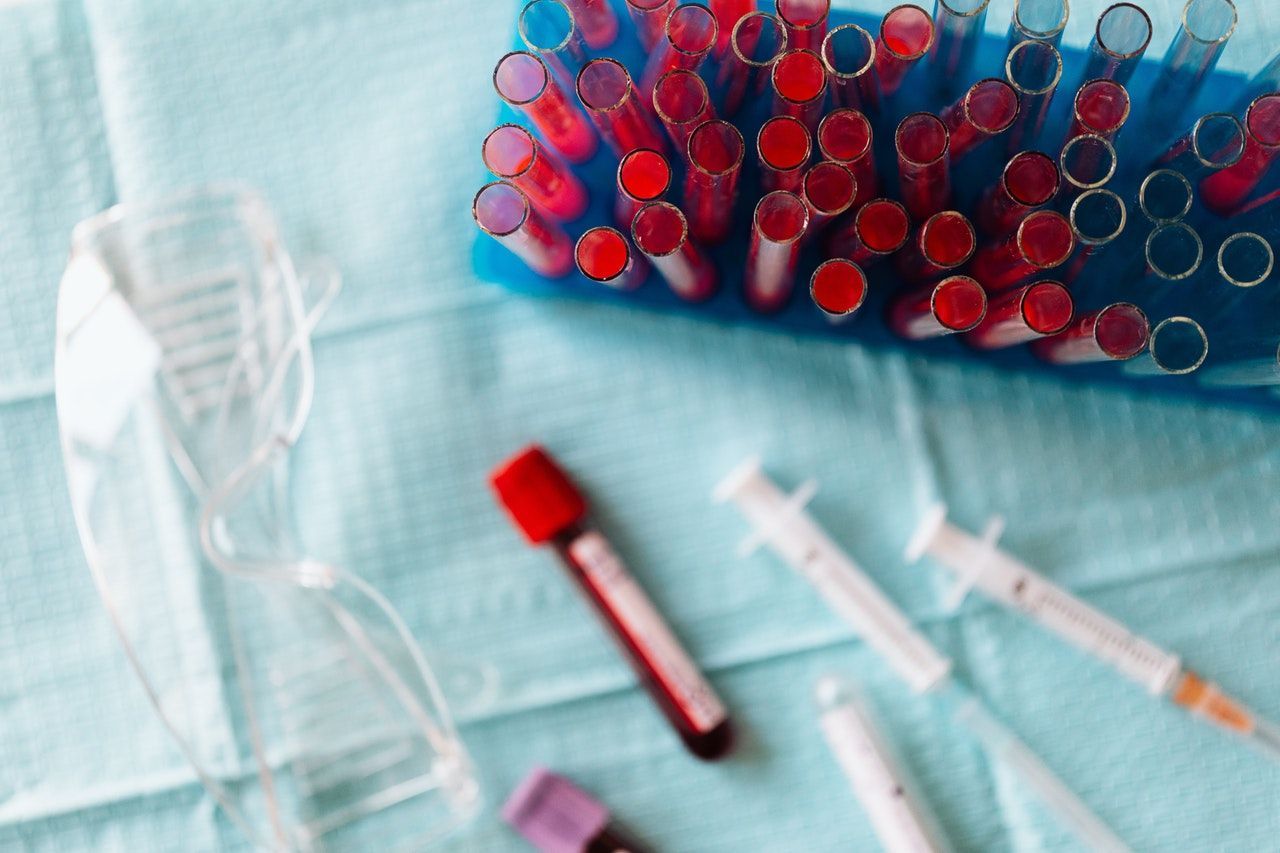
Urethral Catheterisation
Catheterisation is an invasive practical procedure that all junior doctors must be confident with before their first on-call. It involves passing a small plastic tube through the urethra and in to the bladder. Often you will get called to the difficult ones that the nurses have not been successful with. Most calls to catheterise are for male patients as nurses can often catheterise female patients. This procedure should be carried out in a sensitive manner, with the clinician doing their upmost to maintain patient dignity.
Indications and contraindications
- Urinary retention
- Monitoring of urine output
- Incontinence
Contraindications
- Known Urethral fistulae or stricture
- Suspected urethral trauma
Equipment
- Catheter pack – bowl, gauze, sterile towels.
- 2x Sterile gloves + apron
- (12 – 16F) Foley male catheter
- Catheter drainage bag
- Sterile Instillagel – anaesthetic gel
- 10ml saline
- 10 ml syringe
- Antiseptic fluid
- Kidney bowl
- Clinical waste bag
Introduction
1. Wash hands
Wash your hands using the Ayliffe technique
2. Introduce yourself
Introduce yourself and give your name and grade
3. Check patient details
Clarify patients identity by confirming their name and asking for their DOB
4. Describe examination
Explain what examination you are performing and what this involves
5. Gain verbal consent
Pre-Procedure
- Gather equipment on a clean trolley
- Position the patient so that they are lying flat and legs slightly apart.
- Wash hands and open sterile pack.
- Using full aseptic technique put apron and both pairs of gloves on. Request for assistant to pour antiseptic fluid in to the bowl.
- Fill syringe with 10 ml of saline
Procedure (Male)
- Expose the patient with the help of the assistant/chaperone ensure patient’s dignity is maintained.
- Create a hole in the centre of the towel and place it over the patient with the penis exposed through the hole
- Hold the shaft of the penis with sterile gauze (non dominant hand), retract the foreskin and clean the penis with antiseptic
- Gently insert the anaesthetic gel in to the urethral meatus, while explaining to the patient what you are doing throughout.
- Hold the tip of the penis with gauze to stop the gel from escaping.
- Dispose outer gloves, and allow 2 minutes for the anaesthetic gel to take effect.
- Request assistant to place kidney bowel between patients legs.
- Lubricate the tip of the catheter, hold the penis vertical (non dominant hand) and while holding the catheter by its sleeve (dominant hand) advance the tip in to the urethral meatus.
- Use a twisting/rotating technique to advance the catheter from the sleeve.
- Continue to advance to the hilt and urine is draining in to the kidney bowl.
- Inflate the balloon with the syringe – stop if it causes any pain!
- Gently pull the catheter until resistance is felt and let go.
- Replace the foreskin to its original position
- Attach the end of the catheter to the drainage bag and ensure the patient is left clean, dry and comfortable.
- Tidy away equipment, remove gloves and wash hands.
End of Procedure
1. Thank patient
Let the patient know you have finished examining them and thank them for their time. Be courteous and offer them help to get redressed.
2. Accurate documentation
Ensure that you have written in the patient notes - date and time, catheter size and type, residual volume and any complications encountered.
Complications
- Haematuria – trauma
- Infection
- Strictures – long term
Top Tips
- Female catheterisation is often simpler and the urethra is much shorter.
- A 3 way catheter may be indicated if the patient is in urinary retension due to clots. This way the bladder can be irrigated to stop clots settling.
- Antibiotic cover may be required when changing catheters to reduce risks of infection (check local policy)
- If no urine appears ensure you have advanced the catheter far enough and flush with saline. If no urine appears – do not inflate balloon.
- Sometimes large catheters are easier to pass in patients with enlarged prostate as they are less flexible – never apply substantial force. Better to seek senior help or d/w urology
Doctor Khalid Newsletter
Join the newsletter to receive the latest updates in your inbox.




